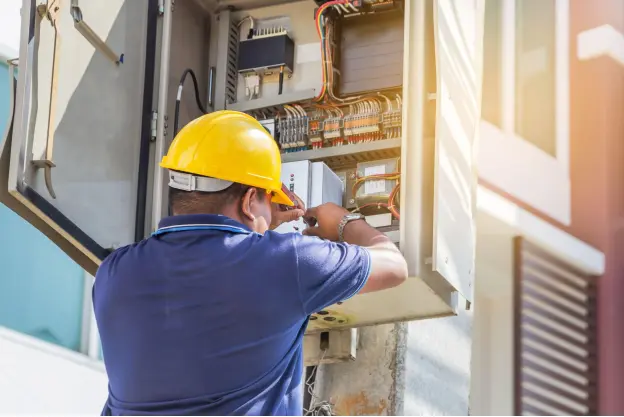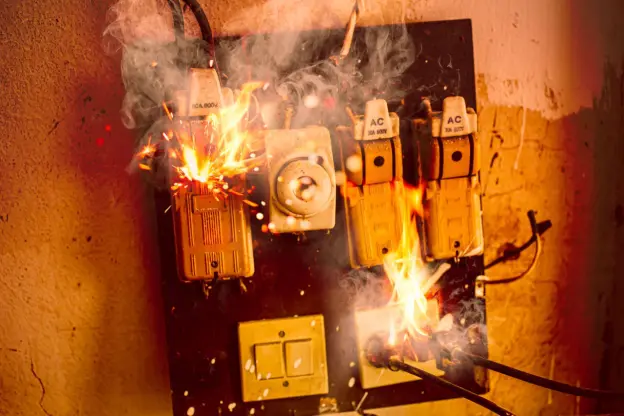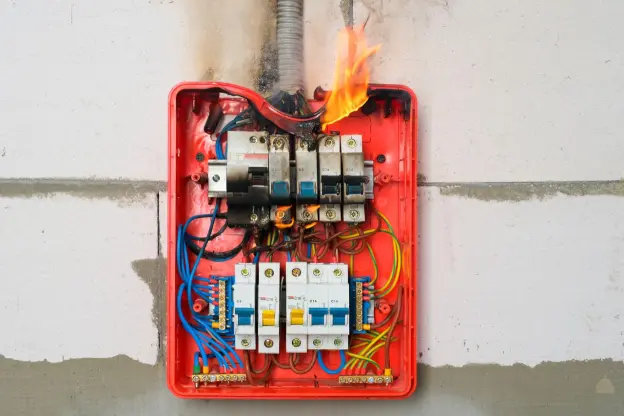How to Install an RCCB?
Table of Contents
ToggleResidual current circuit breakers (RCCBs) are indispensable for modern electrical safety. RCCBs constantly monitor current flow and instantly disconnect circuits if leakage is detected. While electricians routinely handle RCCB installation, handy homeowners can also learn this useful skill. Here are the key steps involved.
- Always de-energize panels before wiring RCCBs
- Load side wires connect outwards to protected circuits
- Test tripping response before re-energizing
- Faulty RCCBs endanger rather than protect
Let’s get into the details on how to install an RCCB!
RCCBs – An Overview
RCCBs (or RCDs) protect against electric shock by detecting even small leakage currents to ground. Unlike standard breakers, RCCBs trip well below the amperage levels that can seriously harm humans. When installed correctly, they provide an invaluable extra security layer.
While seeming complex, RCCBs are relatively straightforward to mount and connect like a normal breaker. Homeowners comfortable working inside electrical panels can handle most residential RCCB installations.
Installing an RCCB – Step-by-Step Guide
Here is a simplified overview of the process.
- Power Off for Safety
Before touching any wiring inside an electrical service panel, always fully disconnect the main breaker or switch fuse cutting all power. Verify the panel and targeted RCCB mounting location is completely de-energized using a non-contact voltage tester. Electrocution hazards are extreme without this first critical safety step.
- Identify the Load Side
Study the intended circuit’s wiring to distinguish the “line” side that connects to the main supply from the “load” side that runs power out to lights, receptacles and devices. RCCBs are mounted on the load side to protect downstream equipment. This step helps orient proper RCCB feed and output terminals.
- Securely Mount the RCCB
With power verified off, securely mount the new RCCB onto an open slot on the panel’s DIN rail. Ensure the RCCB is seated squarely and stably according to manufacturer guidelines before wiring any connections. A loose RCCB can arc and fail dangerously once energized.
- Connect Line and Neutral Wires
Following all safety procedures, connect the RCCB’s line wire terminal to the supply line coming from the main breaker panel. Then connect the neutral terminal to the circuit neutral wire leading out to the loads. Double check for tight, secure connections.
- Connect the Load Wires
Land the RCCB’s outgoing load wire terminal to the hot cable feeding out to lights, receptacles and devices on this circuit. Consult diagrams to verify this critical step directing protected power flow outwards from the RCCB to downstream equipment.
Test Trip Functionality
Before re-energizing the panel, use a dedicated RCCB tester to simulate leakage faults and verify reliable tripping well below 30 milliamps. If unavailable, press the manual test button which should cleanly disconnect power when working properly. Faulty trip response necessitates RCCB replacement before use.
With testing successfully completed and all connections double checked, restore main panel power and flip the new RCCB breaker on to energize the protected circuit. Assume any shock hazards and carefully check outlet functionality before regular use. Then relax knowing your RCCB stands sentinel against electrical faults.
Conclusion
RCCBs are complex internally but integrate much like standard breakers once safely mounted inside service panels. Homeowners willing to learn can handle most basic RCCB installations by methodically working through mounting, wiring and testing steps. But when in any doubt, contact a licensed electrician to ensure flawless RCCB protection.
Discover how TOSUNlux’s RCCBs bring professional-grade electrical safety within easy reach of savvy homeowners. Contact us today to learn more and keep your family safe.
We have more than 30 years experience
Our Strength
Request a Quote
REQUEST A QUOTE
- Home
-
Company
-
Products
-
Innovation
-
Resource
- Contact
- Order Now
WhatsApp us



